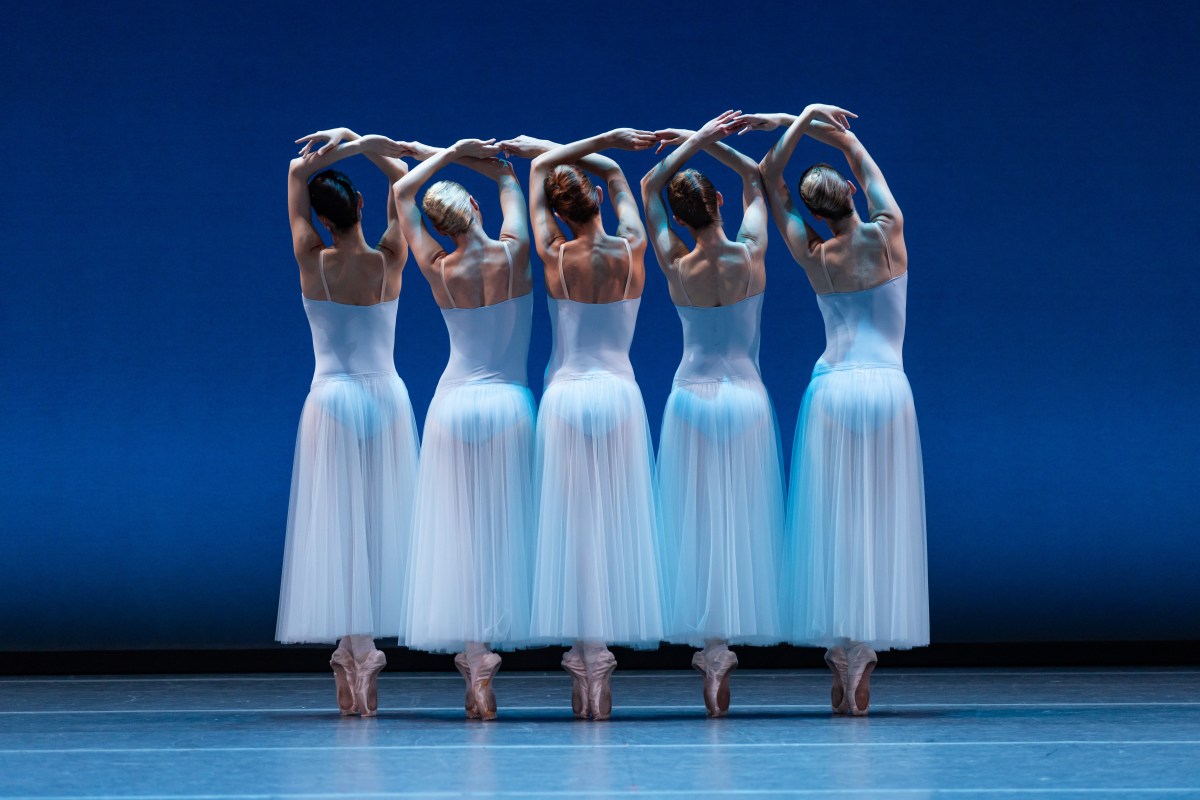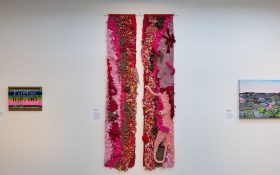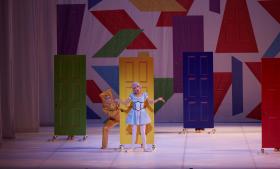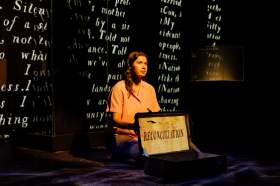‘It’s been a long haul’ was how David Hallberg described the past two years for the company and the past 12 months of his new tenure as The Australian Ballet’s Artistic Director.
‘Tonight you will see how hard work pays off,’ he added, with delicate American charm, a picture of sartorial precision in his pressed shirt, trousers and turned out dress shoes.
Hallberg made one request of the audience: ‘When you like a variation, or a fouetté… show your support to these artists who have been deprived of the ability to dance and play in front of an audience for almost two years.’
I checked with a friend who attended another night, and his rousing words have been authentic and different each performance.
This audience address, something previous directors have not often done, was followed by one of the most energetic and hopeful ballet performances I have seen in years and not solely for the euphoria of the moment. There is still space to move forward in artfully addressing the reckoning of the past two years through the choreographies, reflecting the times we live in and making ballet more real and inclusive but Hallberg has made a great start. This was the night that ballet came back to Melbourne, the company’s home. Ballet is back, as show-stopping as ever, yet is in the process of changing in beautiful ways. Believe the hype.
The octuple bill promised to dazzle audiences at the offset, featuring a varied bill of classical and contemporary pieces. Notably, the stage set was plain and minimalist for all of the pieces apart from the final festive variation: Dance of the Snowflakes from Act I of The Nutcracker.
Read: Exhibition review: Michelle Vine: Soft Touch
The deep-hued blue backdrop of the first piece by Balanchine, Serenade, evoked the lustre of a moonlit night. This combined with the dancers’ cloud-like pale blue dresses to set the scene for a deeply romantic piece. The extension, shapely hands and sway so typical of Balanchine’s oeuvre shone like the diamantés in the dancers’ earlobes, inducing misty eyes; a magnificent piece to begin the gala.
Benedicte Bemet, in particular, with her heart-shaped face, and high tilt of head, was intoxicating. Her movements were doe-like and pristine. With two other soloists, Sharni Spencer and Valerie Tereshchenko, she latticed her arms and balancéd in canon, evocative of falling water. They were the epitome of force and grace. The elliptical sway of their pirouettes and chaîné turns were enough to take your breath away.
This work and the way it was danced by the corps had classic Balanchine elegance but with more fire than I have seen it danced before. They looked strong, confident and curvaceous in their movement, especially where Bemet let her bun down and danced the last part with beautiful loose abandonment. As she was promenaded like a queen on her chariot down the hallway of the corps, there was no meek fragility in her dancing and this seems fitting given the long-awaited reckoning the ballet world is currently undergoing: to redress gendered and racialised fictions. I would have liked to see a more diverse corps but this choreographic expression of empowerment was a good omen.
I hope that Hallberg, having spoken out against bullying in ballet and for ‘queering the ballet’, will continue to program works that challenge traditional biases in visibility, and champion a diverse program. Balanchine is sometimes seen as a dirty word in conversations about the future of ballet. It does not take long to uncover some of the suspect gendered remarks he made such as, ‘The ballet is a purely female thing; it is a woman, a garden of beautiful flowers, and man is the gardener’. Yet, Balanchine’s choreographic work is undeniably beautiful in line and form and will continue to enthrall audiences.
The Australian Ballet did a good job with gender play in this choreography to reflect ‘their now’, as Jennifer Holman posited in her critique of the recent New York City Ballet version of Balanchine’s Serenade. The challenge to shirk the imagined and conservative past has begun. Where will The Australian Ballet take this journey next?
Other pieces in the program stood out less for their illustrious beauty than Serenade but were a pleasing mixture of ‘colour and brightness’ as the program promised. Standout moments included the stunning technical precision of Aya Watanabe’s endless fouettés and Chengwu Guo’s achingly strong grand jétés in La Favourita pas de deux; Sharni Spencer’s wonderful coquettish gestures in The Merry Widow pas de deux and Bemet’s seductiveness in The Black Swan pas de deux.
The excerpt from William Forsythe’s Artifact Suite was danced with gumption and signature suave épaulement. Coco Mathieson was a wonderful barefoot rebel in this piece. Pam Tanowitz’ Watermark was an interesting gender reversal, with a male corps and perhaps a challenge to the traditionalism of Balanchine’s Serenade. Reflective of the isolation of the past two years, dancers bounced around rather jarringly, jumping onto straight legs among other conventional ballet faux-pas. It was certainly refreshing.
Wayne MacGregor’s Chroma with its spectacle of push and pull, counterbalance and erotic tension was well danced by Imogen Chapman and Cristiano Martino.
The final piece, The Dance of the Snowflakes from The Nutcracker, was so beautifully staged and so archetypically what ballet audiences expect to see that it could not fail to please.
The performance culminated in a standing ovation as audience members left overwhelmingly happy that ballet is back in Melbourne. We may hopefully see the novelty of more contemporary pieces, developed by diverse choreographers, making space for inclusion of more diverse dancers. We may also expect the technical/ classical backbone of the company to develop further. Each of these two directions are exciting. What remains to be seen is how The Australian Ballet will grow in the afterglow of this momentous return to live dance and move with the uncertain yet invigorating times.
The Australian Ballet Celebration Gala with Orchestra Victoria
Arts Centre Melbourne
Tickets: $75
The Australian Ballet Celebration Gala will be performed until 18 December 2021





